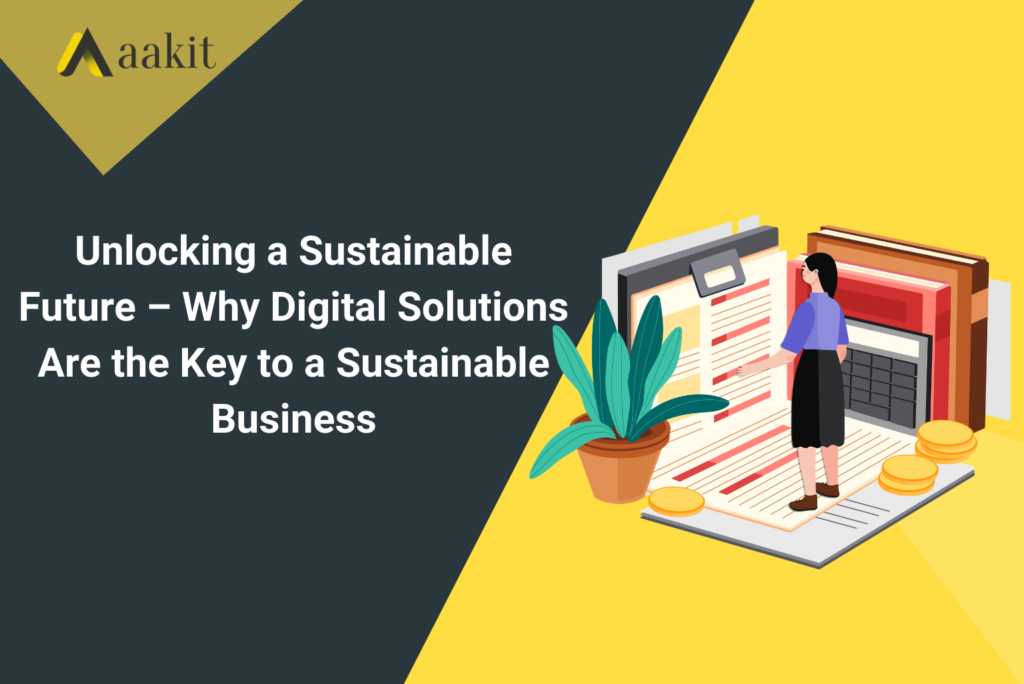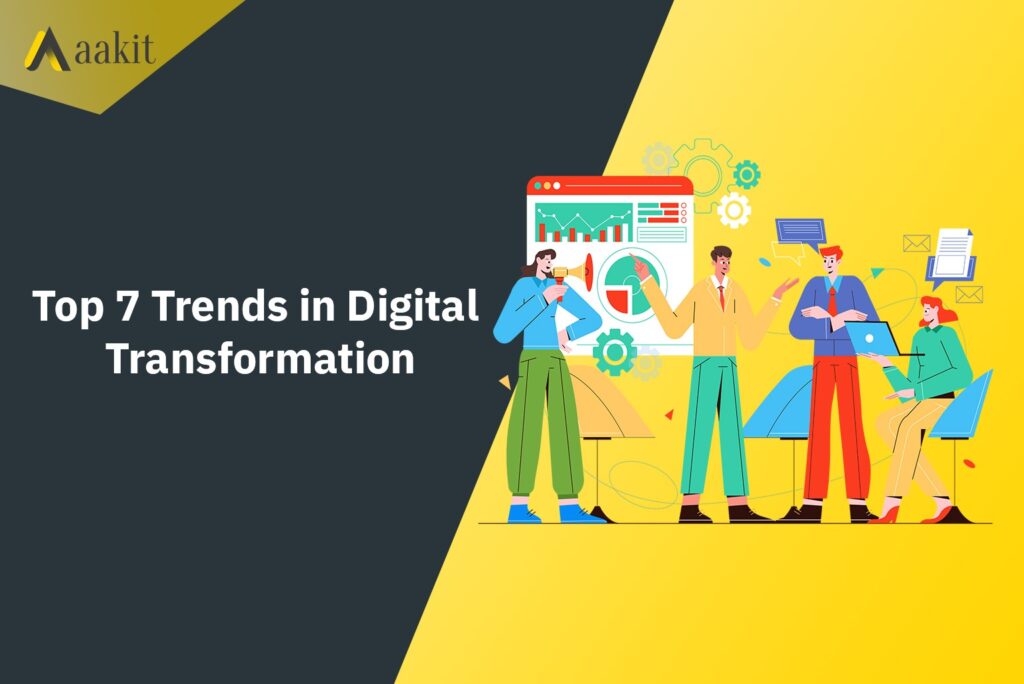The world is more focused than ever on finding long-term solutions to avoid the worst effects of climate change globally. Based on COP26 net-zero targets, more than 5,200 businesses and 450 financial institutions have committed to net-zero goals.
Governments, investors, employees, consumers, and others will put greater pressure on businesses to set these lofty targets and demonstrate progress.
The magnitude of our sustainability problem is frightening. Businesses will suffer if they don\’t develop new ways to achieve their lofty goals while also delivering for shareholders. If firms achieve business transformation and sustainability results, data science, artificial intelligence (AI), machine learning, and digital efficiency are critical technologies to deploy.
- Firms have already used the power of algorithms and high-performance computing to communicate the information required for evidence-based decision-making by combining human and machine intelligence.
- Real-time performance monitoring of buildings, factories, processes, and infrastructure has become critical for facilitating change in critical areas such as energy consumption, city planning, resource usage, supply chain efficiency, and power production.
- Digital efficiency will help the transformations required to attain net-zero and establish a more sustainable future by empowering businesses through targeted information.
This article explores why businesses should expand sustainably and adopt various techniques to move toward a more sustainable future.
A sustainable future is both planet and business-critical
Companies who have pioneered this strategy have centred their sustainability efforts on publicly stated, science-based goals. Employees, investors, and consumers all want organizations to deliver visible sustainability results, so the motivation to attain these goals is not solely motivated by ambitious senior management teams.
Digital efficiency drives business transformation and sustainability in tandem
Digital efficiency has numerous uses, ranging from homes and buildings to power and grid, utilities, mining activities, and beyond. Companies are reviving their sustainability efforts through such initiatives, regardless of sector.
At its most basic level, new technology is used to automate monotonous but critical analogue business tasks, such as paperless construction projects and the design, planning, and monitoring of industrial operations. With Artificial Intelligence and networked systems, applications can quickly become more sophisticated. For example, when it comes to asset maintenance, organizations are fast shifting away from reactive fixes and toward more predictive assessments using AI modelling and enterprise software.
This improves efficiency by automating inspection processes and ensuring that field technicians provide the best possible help. Furthermore, through automated data collecting, organizations like top hotelier IHG Hotels & Resorts can better manage and enhance their estate\’s environmental footprint across energy, carbon, water, and waste.
Tata Power has developed a command centre for real-time monitoring of its renewable assets in the power sector. This is critical to ensure that consumers have easy access to sustainable alternatives like electric vehicle (EV) charging stations. The status of each EV charging point is checked in real-time via a mobile app, with immediate alarms for any asset that requires maintenance. These types of connected systems are critical for transforming the way we drive.
AI and connected systems catalyze progress
The sheer scope and complexity of the business reforms needed are the most significant obstacles that multinational firms will face to achieve their sustainability goals. While pilot projects can provide a look into the future, stakeholders are expecting real progress on environmental concerns on ever-shorter deadlines.
According to academics at Singapore Management University, the utility of AI extends beyond business to enhance our planet\’s biodiversity. Through digital techniques, improved conservation of the Earth\’s natural resources can be achieved through regular monitoring of methane gas emissions above pipelines or evolutionary crop changes. AI combined with satellite remote sensing and drones enables quick and precise responses to prevent environmental deterioration. The technology also allows for a more accurate assessment of carbon sequestration in forests, improving the accuracy of carbon credits and encouraging businesses to use this tool as part of their sustainability plan.
Collaboration achieves scalability
Controlling millions of data points, combining them into clear and understandable data management systems, and fully embracing new technologies necessitates trusting collaborations with professional suppliers to address our sustainability issues. The company needs to work with its customers to develop new services that will assist drive efficiency throughout the value chain.
Digital innovation will unlock a brighter future
India is on the verge of experiencing a solar revolution. Tata Power Solar has been at the forefront of this brighter future, pioneering the transition to sustainable energy solutions in one of the world\’s most populated countries.
Tata Power has persuaded thousands of early adopters to create renewable energy and save money while helping the environment by encouraging users to use their unused rooftop space and incorporating a robust data monitoring system. Tata has expanded the project to 90 locations across India, generating around 421 MW of renewable energy.
Creating India\’s first state-of-the-art NOC (Network Operating System) centre to monitor and control solar rooftop systems remotely has been critical to customer uptake. The solution is highly customizable for each unique site, including real-time performance data tracking. Predictive intelligence enables proactive maintenance and support, maintaining optimal plant uptime, and users have real-time access to their installation performance.
Conclusion
Businesses must approach these difficulties with an open mind to the innovative use of leading technology, a desire to collaborate, and the power to steer others on the trip if we meet the dual imperatives of meaningful progress on sustainability while increasing value.
Collaboration with the proper partners typically yields the skill sets, expertise, and creative sparks required for digital efficiency. Collaboration extends beyond end-to-end process expertise; co-creation with policymakers, local governments, and the broader value chain of businesses can result in real change.
Companies that embrace sustainability wholeheartedly have a better chance of succeeding. A culture of sustainability must be instilled at all levels of the organization, with behaviour, training, workforce planning, and rewards serving as examples. Knowing the return on investment generated by digital efficiency confirms that sustainability is no longer a cost of doing business but rather a critical component of long-term success.



